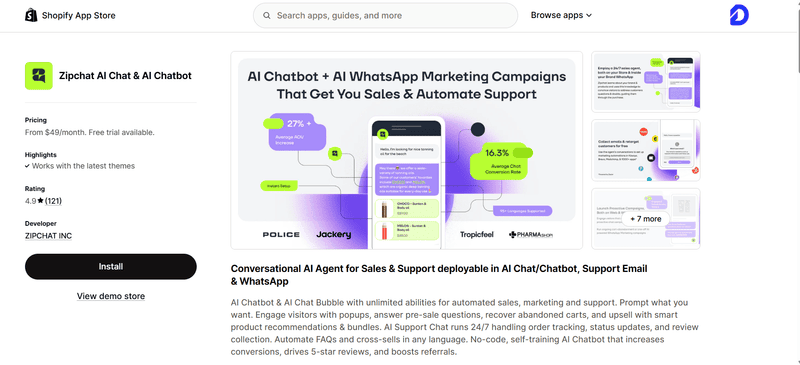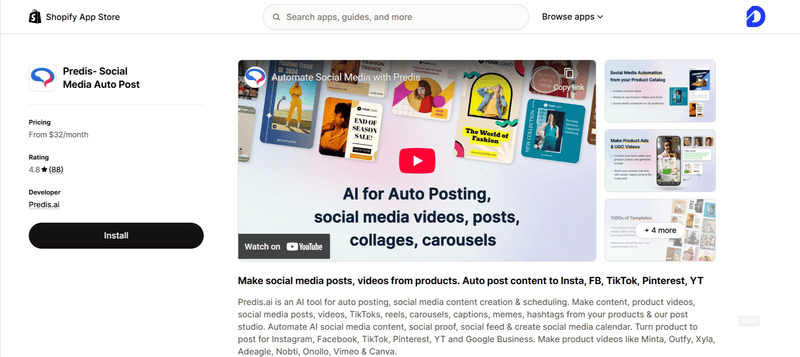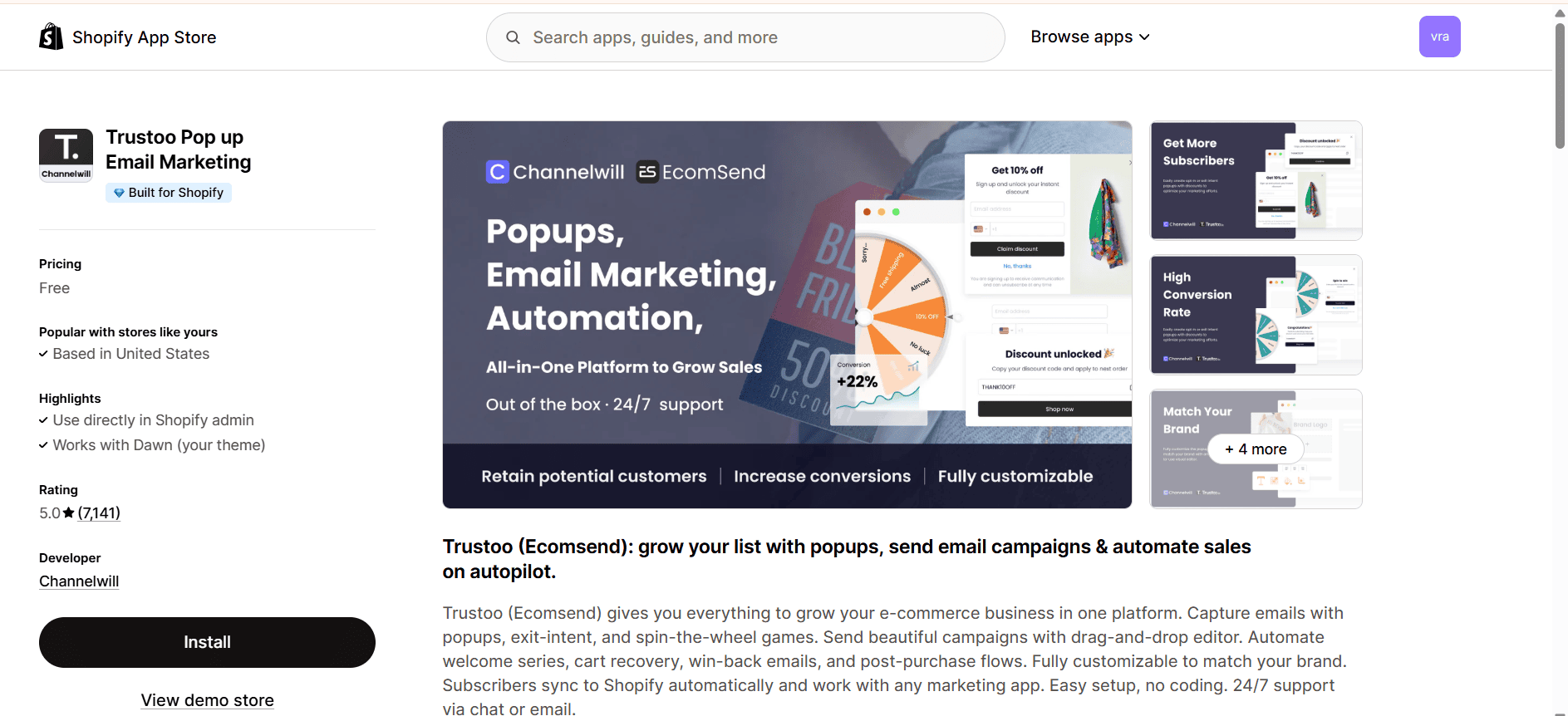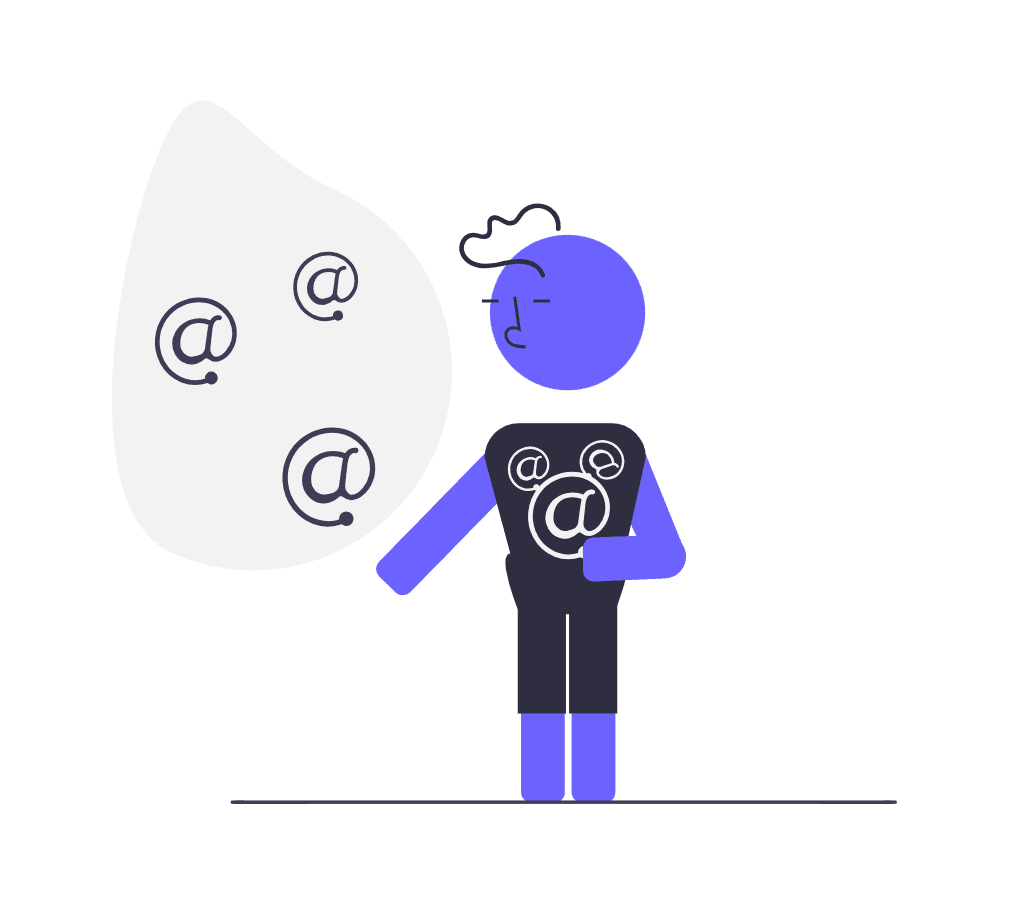
For eCommerce brands, the real journey doesn’t end when a customer completes checkout. In fact, the moment right after purchase is one of the most powerful opportunities to deepen customer relationships. With a Shopify automated email after purchase, brands can not only thank customers but also drive repeat sales, improve engagement, and maximize lifetime value.
This blog will walk you through why post-purchase emails matter, how to set them up on Shopify, and what strategies help convert a one-time buyer into a loyal customer.
Why Post-Purchase Emails Are a Game-Changer?
Imagine this: a customer buys from your Shopify store for the first time. They receive their order confirmation, but then… silence. Weeks later, they may not even remember your brand. This is where many businesses lose potential repeat revenue.
A Shopify automated email after purchase ensures that customers continue to feel connected. These emails can:
Strengthen trust by reassuring buyers their order is confirmed.
Create upsell opportunities by suggesting complementary products.
Increase repeat purchases through discounts or loyalty offers.
Collect valuable feedback to improve your business.
In short, automated post-purchase emails transform a transaction into a relationship.
Benefits of Shopify Automated Email After Purchase
Automating emails through Shopify can transform how customers experience your brand while saving your team time and resources.
Builds Customer Trust: Sending a well-crafted confirmation email reassures customers that their order is in safe hands. Adding shipping updates further builds transparency.
Drives Repeat Sales: Highlight products that go well with the customer’s purchase. For example, if they bought a smartwatch, recommend a protective case or strap.
Encourages Loyalty: Post-purchase emails are a perfect way to introduce loyalty programs, reward points, or exclusive discounts for the next order.
Collects First-Party Data: Including surveys or review links helps brands capture valuable insights. This data can fuel marketing strategies without relying on third-party cookies.
Reduces Returns & Complaints: Proactive guidance (such as setup tips, care instructions, or FAQs) reduces the chances of product misuse and increases satisfaction.
Types of Post-Purchase Emails You Can Automate on Shopify
Not all emails are created equal. The right type of automated email can mean the difference between a one-time shopper and a repeat customer. Shopify makes it easy to set up different kinds of emails, each serving a unique role in the customer journey. Let’s break them down.
Order Confirmation Emails
The first email a customer expects is the order confirmation. It reassures them that their payment went through and their order is in process. This is your first chance to make a great impression.
Best Practice: Include the order summary, estimated delivery date, customer support details, and order tracking links. Adding a warm thank-you note or brand story at the bottom can humanize the transaction and begin building loyalty.
Shipping & Delivery Updates
One of the biggest sources of anxiety for customers is waiting for their package. A clear, proactive email that updates them on shipping status reduces that worry. It also prevents your support team from getting overloaded with “Where’s my order?” messages.
Best Practice: Provide real-time updates with tracking numbers. Go the extra mile by offering estimated delivery windows, options to reschedule deliveries, or links to chat with support if needed.
Thank You Emails
Gratitude goes a long way in customer retention. A personalized thank-you email creates a positive emotional connection and reminds buyers they made the right choice.
Best Practice: Use the customer’s name, thank them sincerely, and consider adding a small incentive like a discount code for their next purchase. Even a simple thank-you without promotions can feel genuine and strengthen loyalty.
Product Education Emails
Customers often struggle with how to use, care for, or get the most from their new product. Education emails prevent frustration, reduce returns, and increase satisfaction.
Best Practice: Share setup guides, care tips, video tutorials, or digital manuals. For example, if a customer bought kitchenware, send them a quick recipe guide. If they bought electronics, share troubleshooting tips or warranty registration links.
Cross-Sell & Upsell Emails
The post-purchase window is a golden opportunity to recommend complementary products. Done right, upselling doesn’t feel pushy, it feels helpful.
Best Practice: Suggest add-ons or accessories that improve the customer’s purchase. For instance, someone who buys a camera may also need a tripod or memory card. Extended warranty or service plans can also be positioned here for higher-value purchases.
Feedback & Review Requests
Social proof drives trust. Post-purchase emails requesting reviews or feedback not only help you build credibility but also give insights into customer satisfaction.
Best Practice: Time the request carefully, ask for reviews after delivery and product usage. Make the process easy with one-click review links. Incentives like loyalty points or discount coupons encourage more responses.
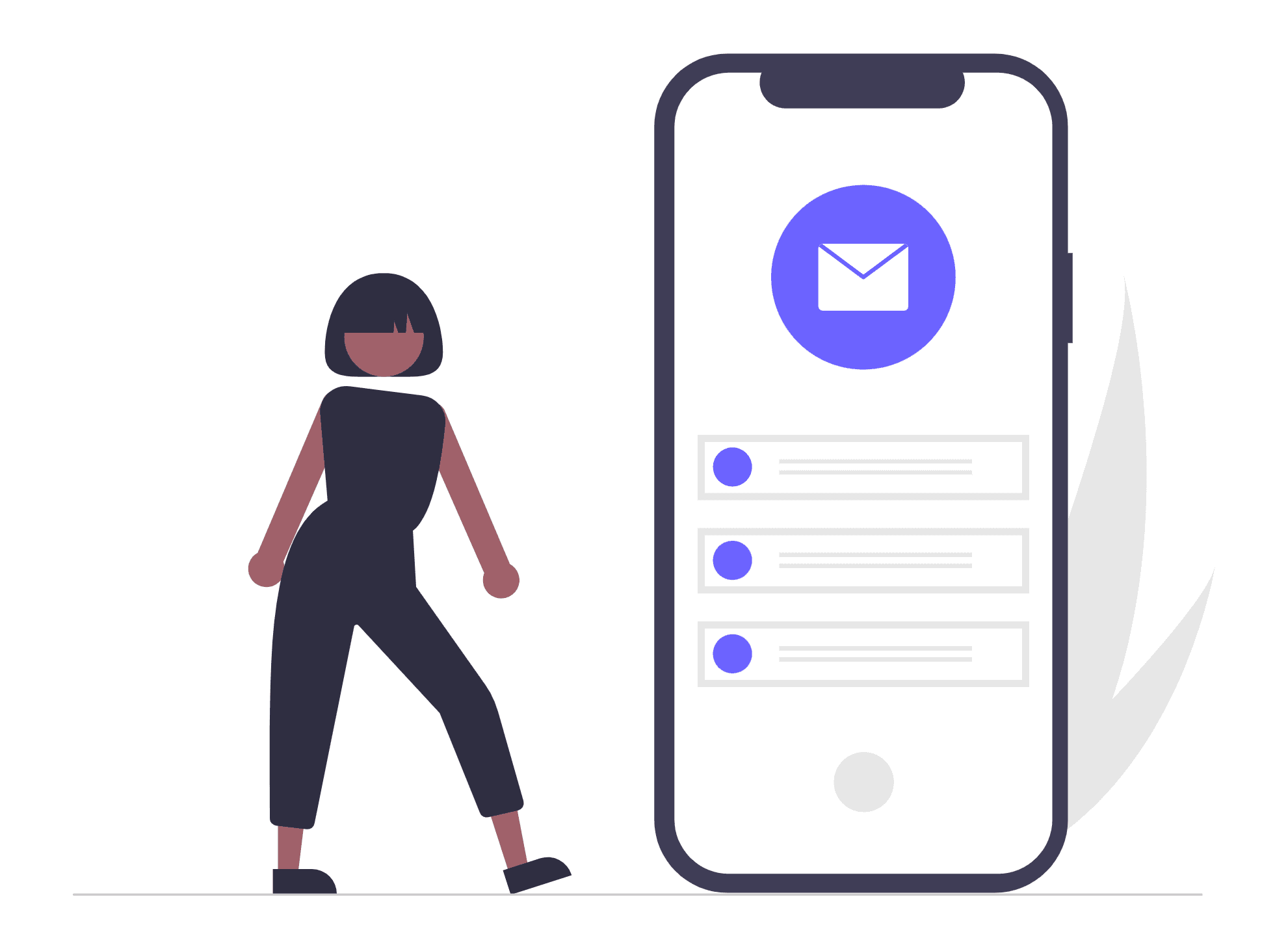
How to Set Up Shopify Automated Emails After Purchase
Automation is powerful, but it works best when done with precision. Simply sending a thank-you note isn’t enough. You need personalization, segmentation, and testing. Here’s how to set up automation in Shopify that actually drives sales.
Use Shopify Email or Integrations: Shopify provides built-in options for automation, but integrating with platforms gives more flexibility.
Segment Your Audience: Not every customer is the same. Segment based on order value, location, or purchase type to send highly relevant emails.
Personalize Content: Go beyond “Hello, [Name].” Personalization can include product-specific tips, location-based delivery updates, or loyalty points balance.
Test and Optimize: A/B test subject lines, CTAs, and timing. For example, test whether sending a cross-sell email 3 days vs. 7 days post-purchase drives more conversions.
Track Performance: Monitor metrics like open rates, click-through rates, and repeat purchase rate. These insights show what’s working and where to improve.
Brands using platforms like Dyrect go beyond standard Shopify email automation. By integrating product registration, warranty management, and ownership experiences, they create deeper engagement. For example, a customer buying electronics can receive not just an order confirmation but also:
A warranty registration link.
A digital manual.
Personalized tips.
Upsell offers for accessories or extended warranties.
This elevates the post-purchase journey from simple communication to a growth strategy.
The Bottom Line
As customer acquisition costs continue to rise, focusing on post-purchase engagement is the smartest way to grow sustainably. Your Shopify store can turn every order into the beginning of a long-term relationship. With Dyrect, brands can go beyond simple confirmations to deliver seamless product registrations, warranty management, and ownership experiences that build lifelong loyalty.
Request a Demo today and discover how Dyrect helps leading brands turn every purchase into a long-term relationship.
